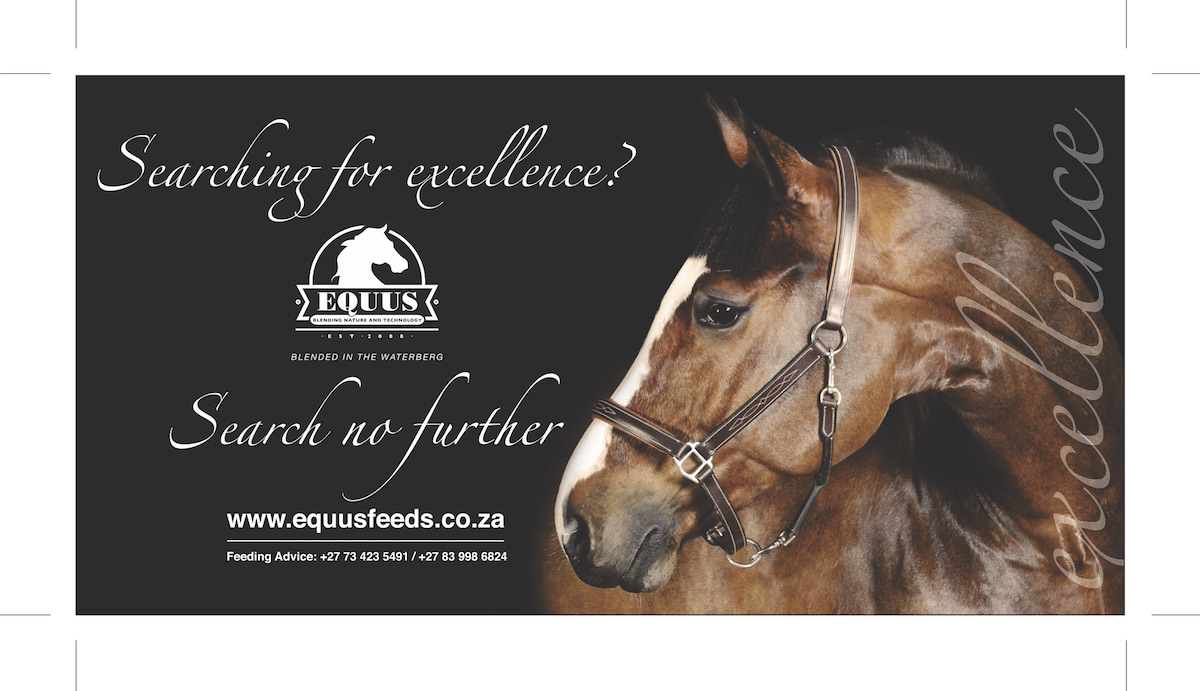SURVIVING THE PRICE HIKES – Hannah Botha (MSC Equine Science, Royal Agricultural College, UK)
Over the past year many owners have seen the price of feed rise dramatically. But are feed companies taking advantage? In short, no, feed companies are simply trying to produce the same quality feed without crippling both the consumer & themselves. But i don’t understand why?
In the last 12 months many companies have been overwhelmed with price hikes due to the weak rand & the countries devastating drought. These conditions have now reached a crisis situation and shortages of several raw materials are being experienced country wide. Some raw materials are now not even available locally anymore and companies must now import.
To make matters worse local suppliers of raw materials are now dictating import parity prices for their products. The maize price and prices for several other raw materials for example have increased by more than 40% since June 2015. Grain SA has projected that large volumes of maize and other staple grains will have to be imported in the next twelve months to meet local demand. Roughage is very scarce and very expensive. To keep track with this situation and the escalating price of raw materials, Feed manufactures unfortunately have to increase feed prices above the normal once a year change. In 2015 all companies had an increase of around 15-18% or R35-40 per bag.
What does this mean for 2016?
Unfortunately there will be continuous upward pressure on raw material prices and that means further feed price increases until the drought conditions have abated. However companies will continuously strive to minimise price increases where they can.
Should I change feed companies?
No, all companies are going to be effected, so no matter which brand you choose you will be effected. However you can make changes to the way you feed.
- Don’t cut costs on hay.
In the long term restricting your horses hay will impact your pocket due to higher vets bills. We all know that Drought conditions also reduce hay supplies, making it difficult for owners to maintain consistent hay diets for their horses. If you can’t maintain a consistent hay type, source, and quality, gradually reduce the amount of the original batch and mix it with an increasing amount of the new hay (over three to five days) to ease the transition. When purchasing hay from a new source, always examine it carefully for mould, dust, weeds, etc. Hay should be the staple of the equine diet no matter what and should never fall below 1% of body weight per day. Even if it is not of great nutritional value, it should still be provided.
- Cut the supplements– if you are feeding a supplement for a specific issue then continue with these, however adding on extras ‘’just because’’ is not viable for your pocket or needed by your horse. Horses guts are simple so keep it that way.
- Don’t go cheap- finding the cheapest feed can be counterproductive, and often you’ll need to feed more to get the result you want. If you are feeding large amounts of concentrate feed, re look at the product/brand you are using. If your horse is not looking or performing well, then that product is not working for him. Rather look for the correct product than add all the extras to ‘’make’’ your feed work.

